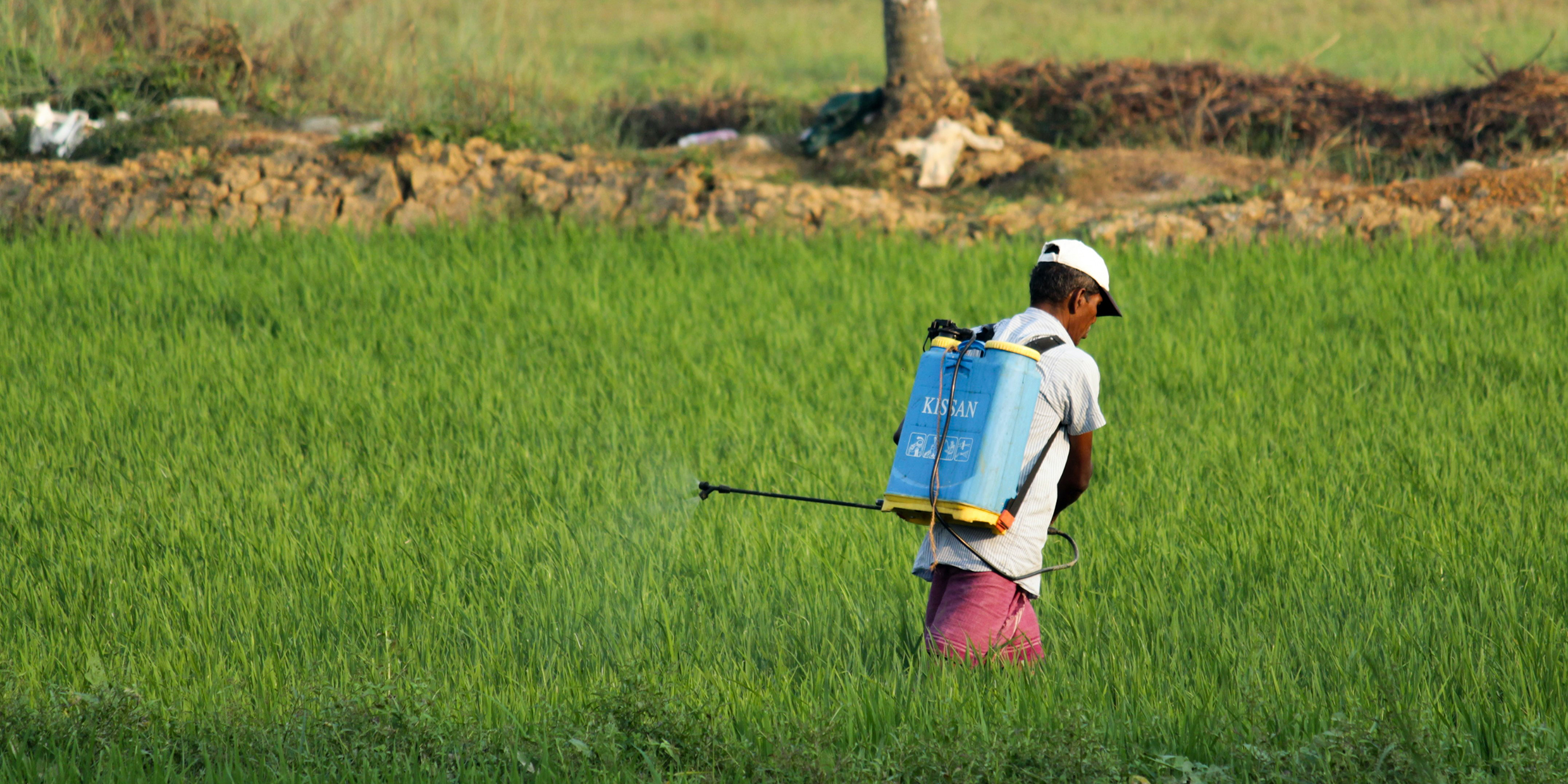Originally published 22 January 2002
It is a widely held misapprehension that evolution is “just a theory.”
But, if three simple conditions apply to any self-reproducing organism — variability, inheritability, and selection — then evolution is not just a possibility, it is a logical necessity.
These traits are manifestly characteristics of life on Earth. Variability: Genes are subject to random mutations, copying errors, sexual mixing, direct transfer of genes (between microbes), and, recently, human engineering. Inheritability: Genes are passed to offspring. Selection: Some genes make creatures more fit to survive and reproduce than others. All of this has been exhaustively demonstrated.
Under these circumstances, evolution is inevitable. It would take the intervention of a divine being to stop it from happening.
Not only has it happened in the past, it is happening all around us today. In fact, evolution by natural selection is one of humankind’s biggest problems.
Viral and bacterial pathogens, agricultural pests, and disease-causing insects outwit our best efforts to contain them by evolving defenses against drugs and pesticides.
How quickly organisms evolve depends, among other things, on how fast they reproduce, which is why evolutionary biologists like to do their experiments with fruit flies, say, rather than sheep or corn. Although animal and plant breeders achieve significant results on a scale of years, it is microorganisms — reproducing in hours or less — that respond most rapidly to environmental change.
Bacterial pathogens evolve resistance to antibiotics faster than we can invent new ones. The majority of hospital infections are now resistant to penicillin, and many germs defy even stronger antibiotics. Drug-resistant bacteria are also common on farms, where antibiotics are fed to livestock as a matter or course.
Viruses evolve even more quickly. Every year, flu shots must be reformulated to keep ahead of an enemy that won’t sit still. The AIDS virus evolves so fast that individual patients can harbor different variants.
Mosquitoes evolved resistance to DDT within 25 years of the discovery of that insecticide, frustrating efforts to eradicate malaria. It typically takes about a decade for an insect to evolve resistance to a specific insecticide. Weeds become resistant to herbicides in about the same time.
All of this is the natural response of organisms to human-induced changes in their environment.
We currently dump about 700 million pounds of pesticide into the environment each year in the United States alone. Antibiotics are massively laced into livestock feed. Doctors overprescribe antibiotics to patients, and the drugs are often not used effectively against their intended targets.
The pests and infectious agents evolve defenses with alarming rapidity. Biologist Stephen Palumbi, writing in the journal Science, stated: “Rates of human-mediated evolutionary change sometimes exceed rates of natural evolution by orders of magnitude.” He estimated the costs of countering evolution by pests and pathogens to be approaching $50 billion a year.
What’s to be done? Well, we could simply give up the battle and let the microbes, insects and weeds have their way, as they did before we discovered how to fight them with technology. But, in a world crowded with 6 billion vulnerable human beings, this is not an option. Is anyone prepared to accept today the millions of deaths that occurred in the great flu epidemic of 1918? Can we sit idly by while AIDS ravages Africa?
What about eliminating those hundreds of millions of pounds of insecticides and herbicides that farmers annually dump into the environment, and rely instead on organic farming? Certainly, we should strive to minimize the use of chemical and genetically-engineered pesticides, but organic farming alone will not prevent famine in the teeming cities of the developing world.
More fundamentally, we could dramatically reduce the number of humans on the planet, but no one has figured out how to crack that nut.
As Stephen Palumbi suggests in Science, the only realistic solution is to use evolutionary theory to thwart the ability of pathogens and pests to evolve resistance. For example, farmers can use a different pesticide on their fields each year, denying pests time to evolve resistance to any one agent. Or scientists can look for ways to slow mutation rates in organisms. Palumbi lists a battery of successful strategies for reducing variation, heritability, or selection within target populations.
All of which are further escalations of our arms race with the creatures that harm us. No one can be sure what the outcome will be, but to do nothing is to accept increased human fatalities to famine and disease.
Arms races are always fraught with danger, but what we have on our side is intelligence. And the first step in an intelligent response to the problems posed by evolution is to admit that evolution is more than “just a theory.”



